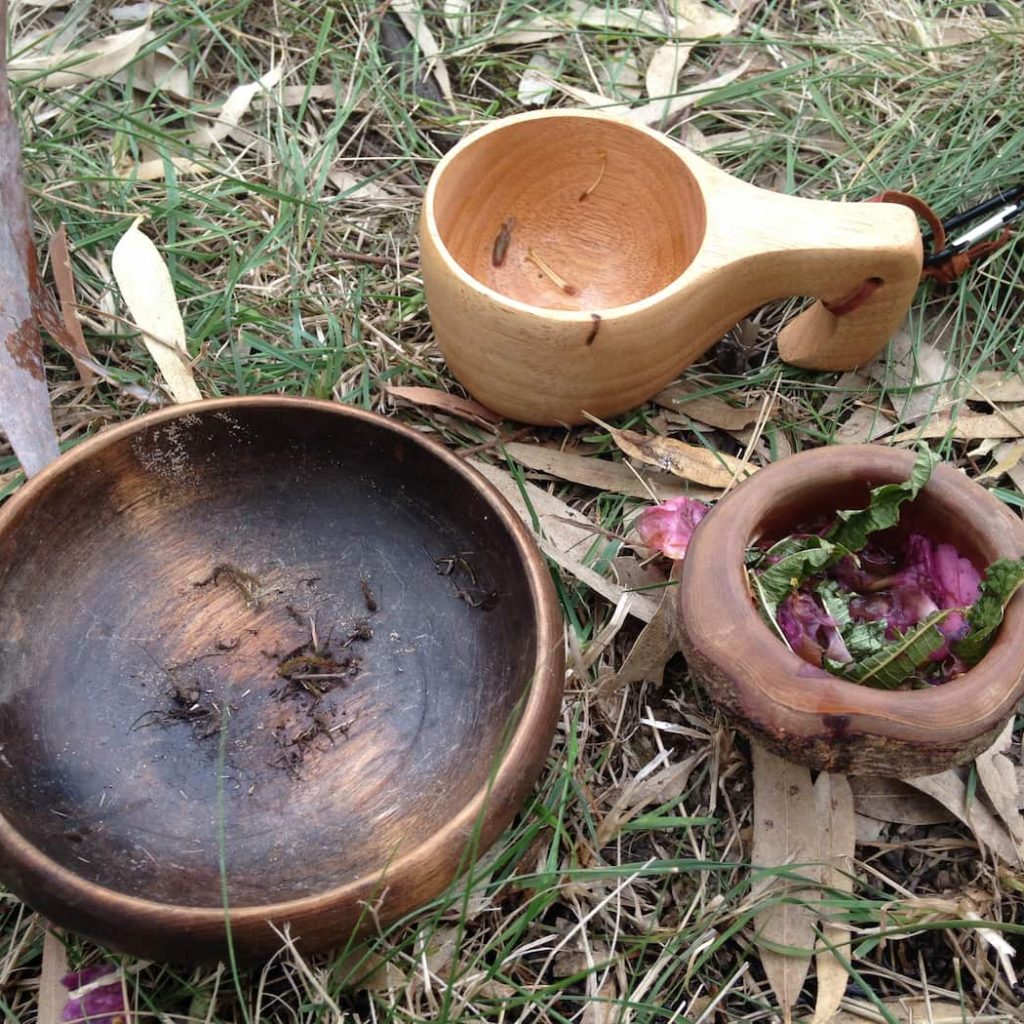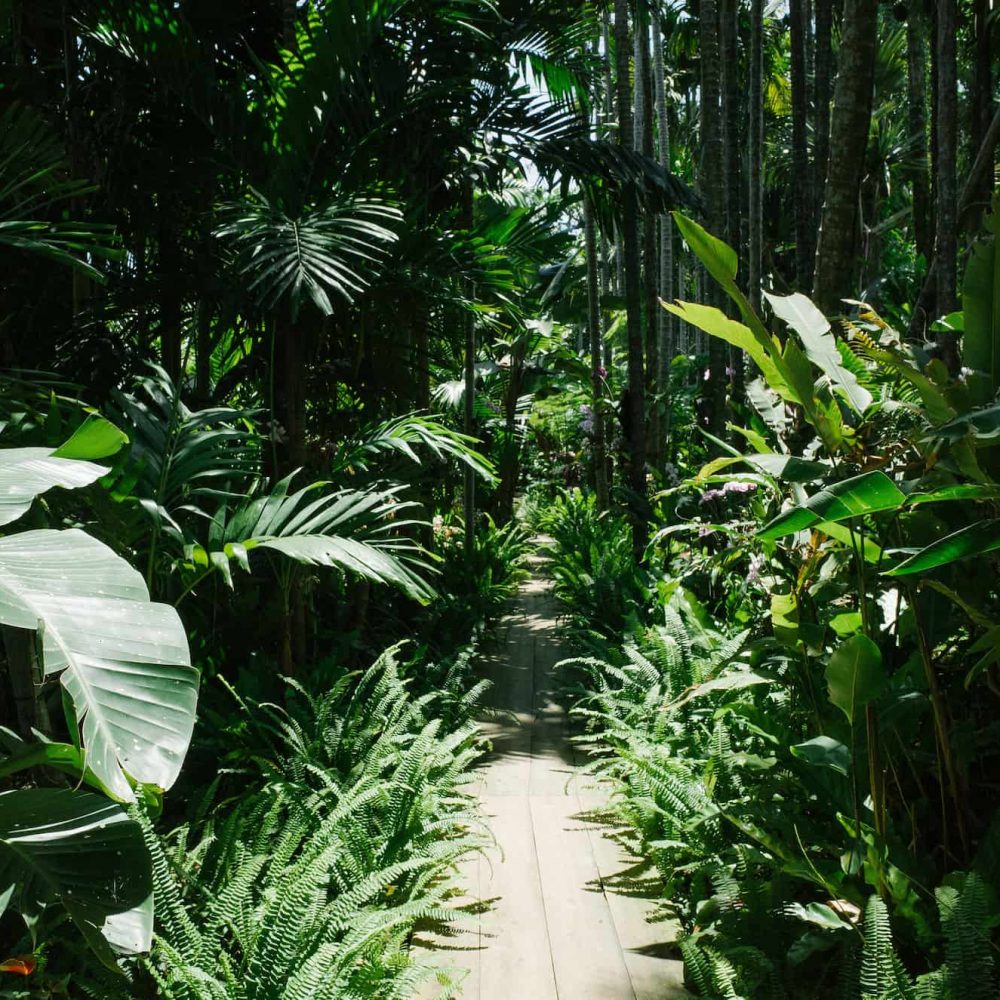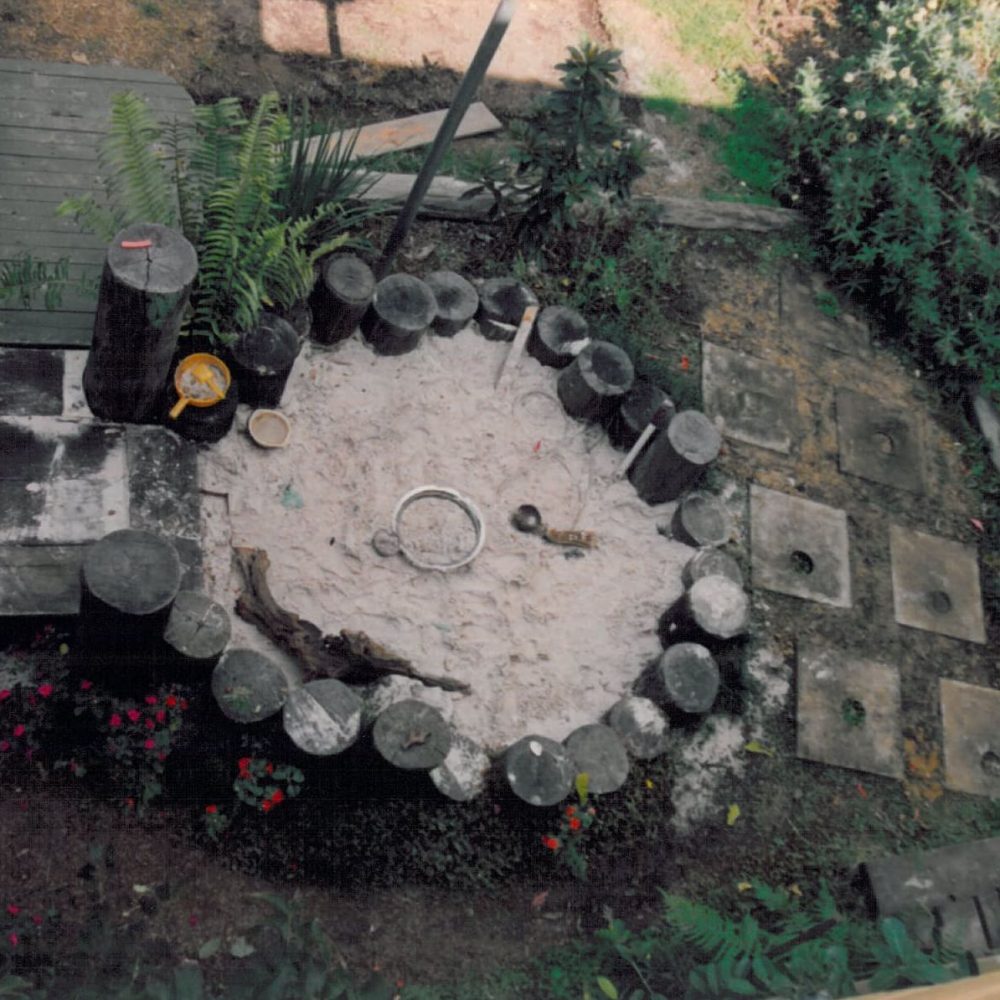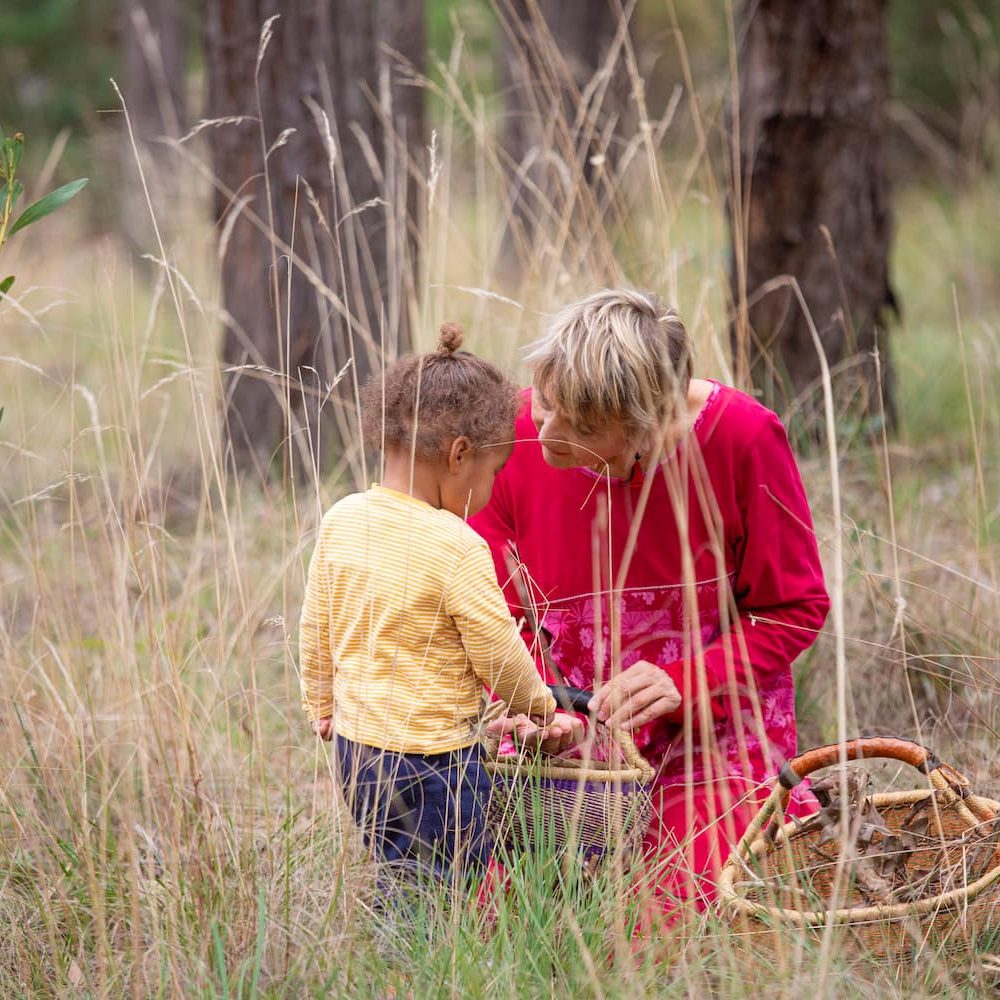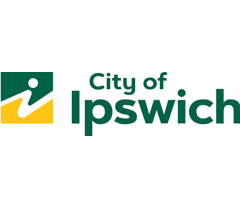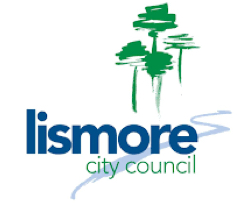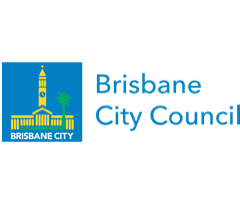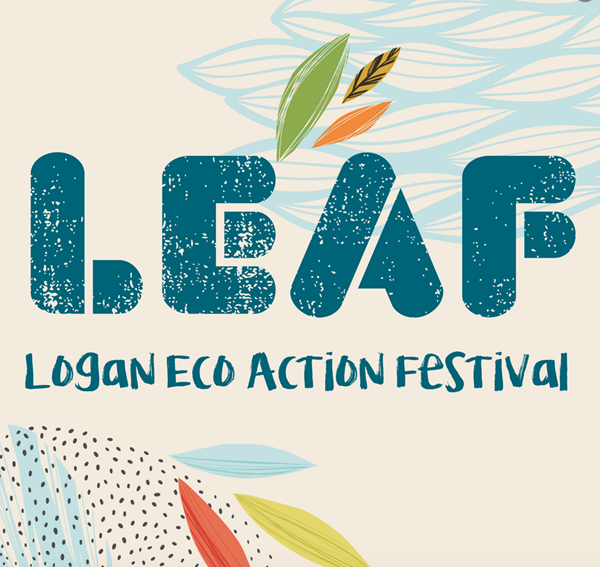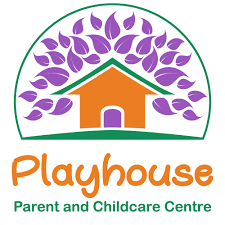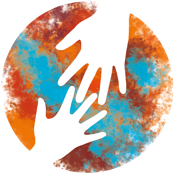Back to nature
Back in the 80’s, my best friend who also had a toddler, decided to reject all plastic toys for her child. As a big duplo/lego fan, I couldn’t see how that would be possible for our family, but I was intrigued by the idea.
My friend didn’t visit toy shops, instead her lounge room was full of sawn up logs, wooden blocks, rocks, stones, shells, feathers, fabrics and felt figures. Our sons spent hours there in imaginative play, creating miniature landscapes in which to enact their made-up stories.
I loved the wholesome idealism of all natural play, it just felt right. The tactile quality of natural materials, the complexity of shape and texture compared with the generally smooth surface of brightly coloured plastic. Of course we didn’t know then, of the awful damage this most versatile of materials is doing to the planet and her inhabitants.
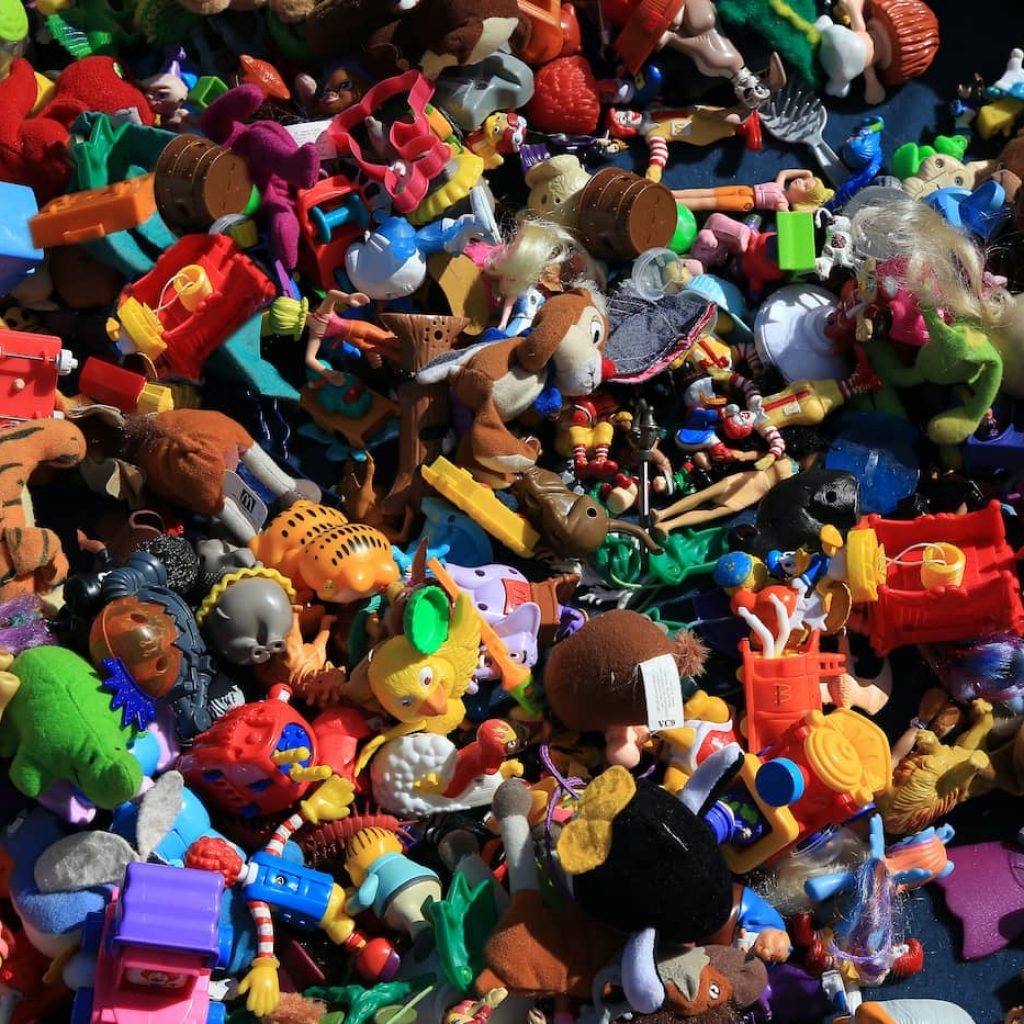
The problem with plastic
Plastic pollution has become an insurmountable problem with more than eight million tonnes of plastic going into the world’s oceans each year threatening the health of the ocean and marine life. Plastic is not biodegradable, so we now have mountains of the stuff going to landfill, also polluting the land.
Just as bad, plastic also threatens human health as the chemicals used in the production of plastic are toxic to the human body. Many everyday products and some specifically made for children (including toys) can cause cancers, congenital disabilities, immune system problems and childhood development issues. A truly sad state of affairs.
Minimising plastic will help your child and the planet. Click here for more information.
Op Shops and foraging are my friends for sourcing materials and objects for nature play.
What can we do?
Now older and wiser, I have committed to plastic free play for my grand-daughter while she visits my place. Op Shops and foraging are my friends for sourcing materials and objects for nature play.
A fun weekend of browsing Op Shops and $50 well spent, set me up with all the plastic free tools and equipment needed for sand and mud play – made from metal, wood, coconut and bamboo. I also splashed out on charming, carved wooden animals and figures found in regional craft shops on a road trip. And rocks, sticks, seed pods, sea-weed and feathers are constantly added to our ‘toy’ collection after our bush/beach visits. I get that same sense of satisfaction watching my grand-daughter in natural play that I got with my own kids.
Will you make a move towards natural materials for your child/ren’s play?
